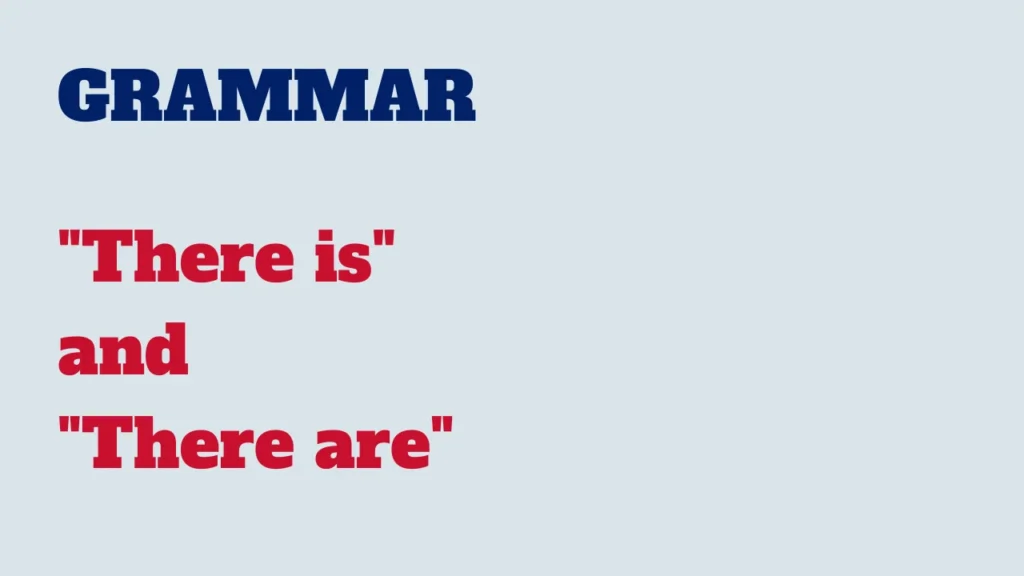“There is” and “there are” are common phrases used in English to indicate the existence of something or the presence of multiple items.

Let’s explore how these phrases are used in grammar:
“There is”:
Usage:
Used when referring to a singular item or an uncountable noun.
Examples:
With a singular item: ”There is a cat on the roof”.
With an uncountable item: ”There is water in the glass”.
Note: The verb “is” agrees with the singular noun or uncountable noun following it.
“There are”:
Usage:
Used when referring to multiple items or countable nouns.
Examples:
”There are three books on the shelf”.
”There are people waiting in the queue”.
Note: The verb “are” agrees with the plural noun or countable noun following it.
“There is” vs. “There are” in negative statements:
Negative with “There is”:
Example:
There is not enough time to complete the project.
Negative with “There are”:
Example:
There are not many options available.
“There is” vs. “There are” in Questions:
Question with “There is”:
Example:
Is there a solution to the problem?
Question with “There are”:
Example:
Are there any messages for me?
“There is” vs. “There are” with indefinite pronouns:
Example with “There is”:
There is someone at the door.
Example with “There are”:
There are several reasons for the delay.
Understanding when to use “there is” and “there are” helps convey information about the presence or existence of objects or situations. Practice using these phrases with singular and plural nouns to enhance your English language skills. Happy learning!



